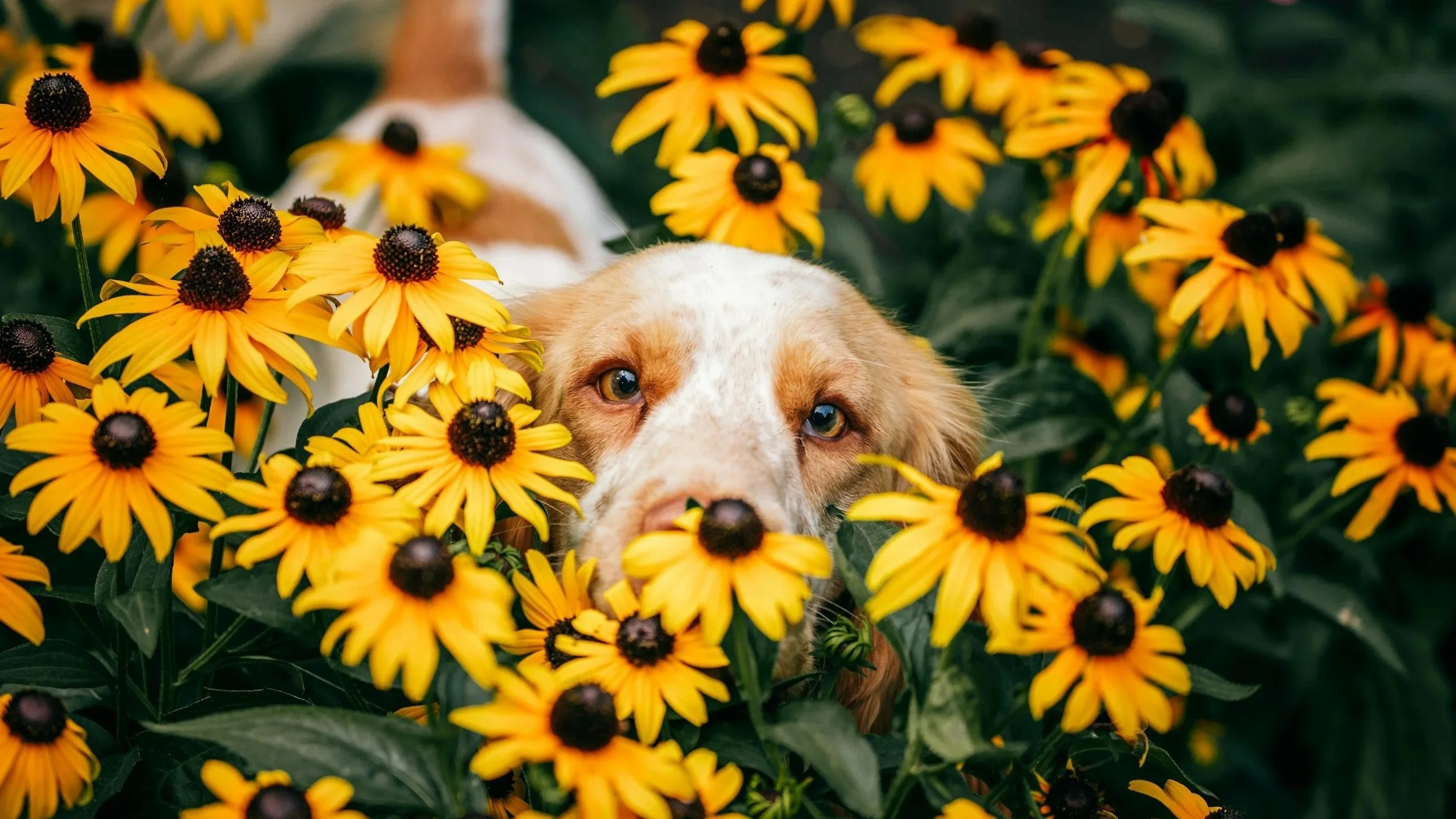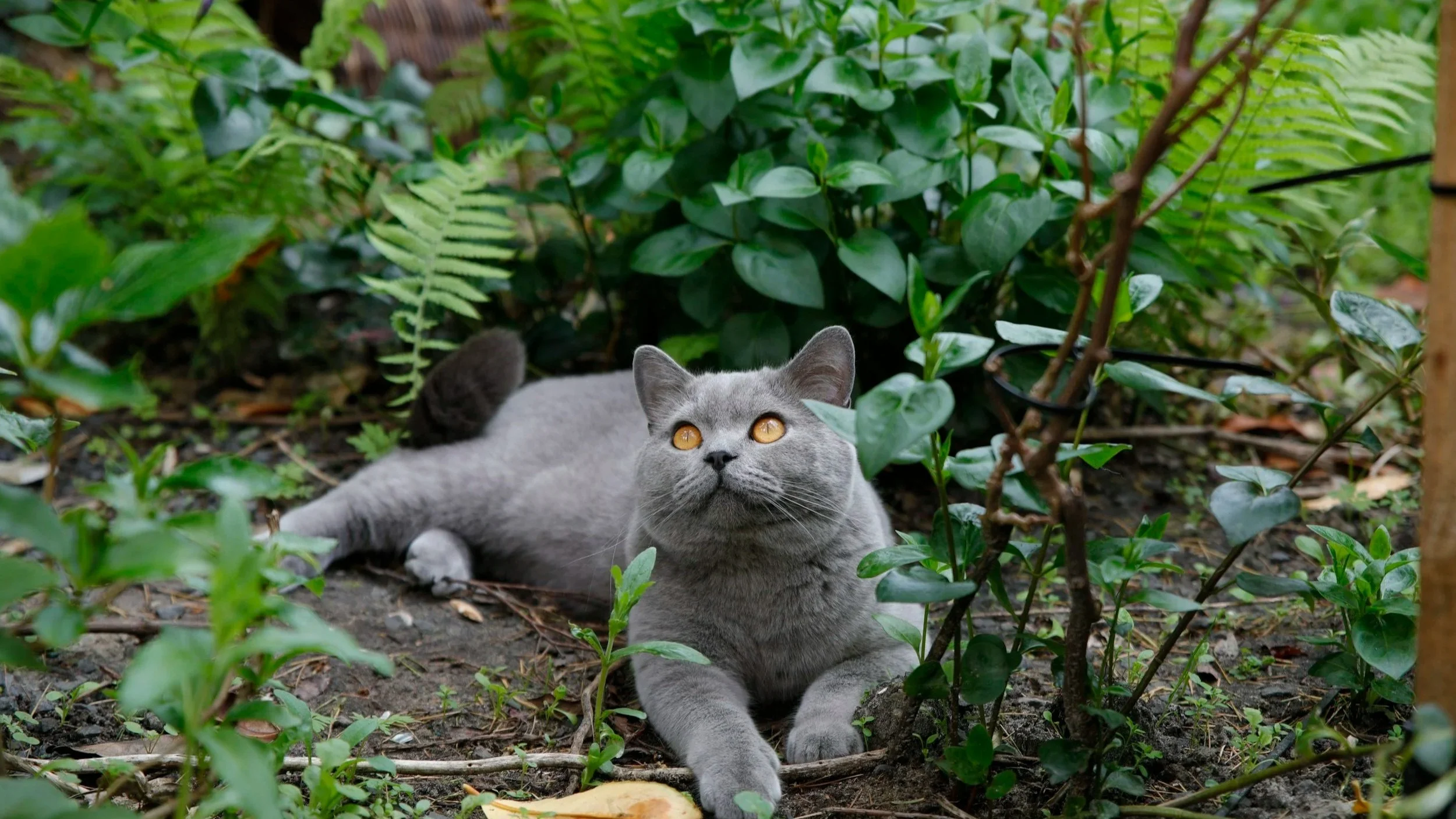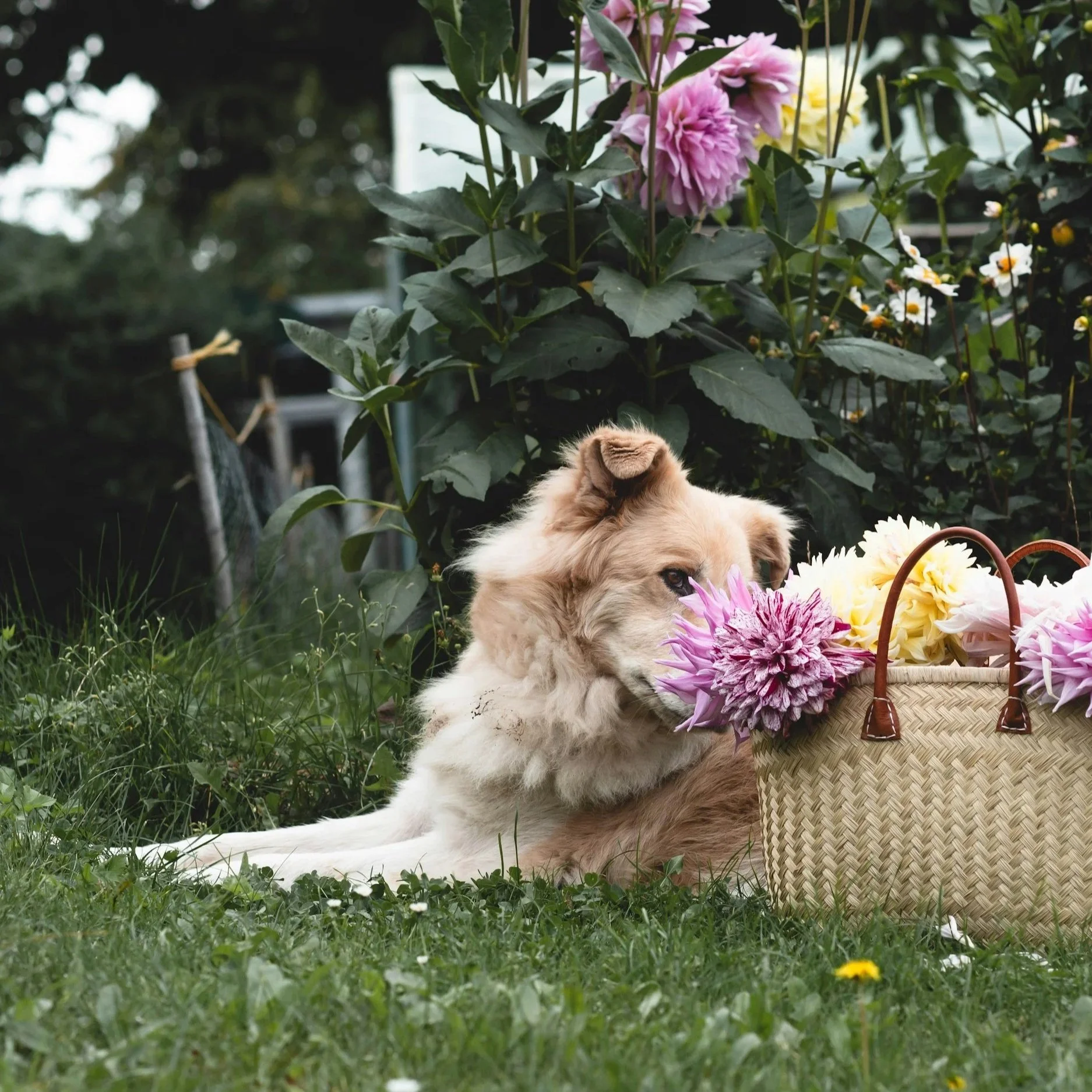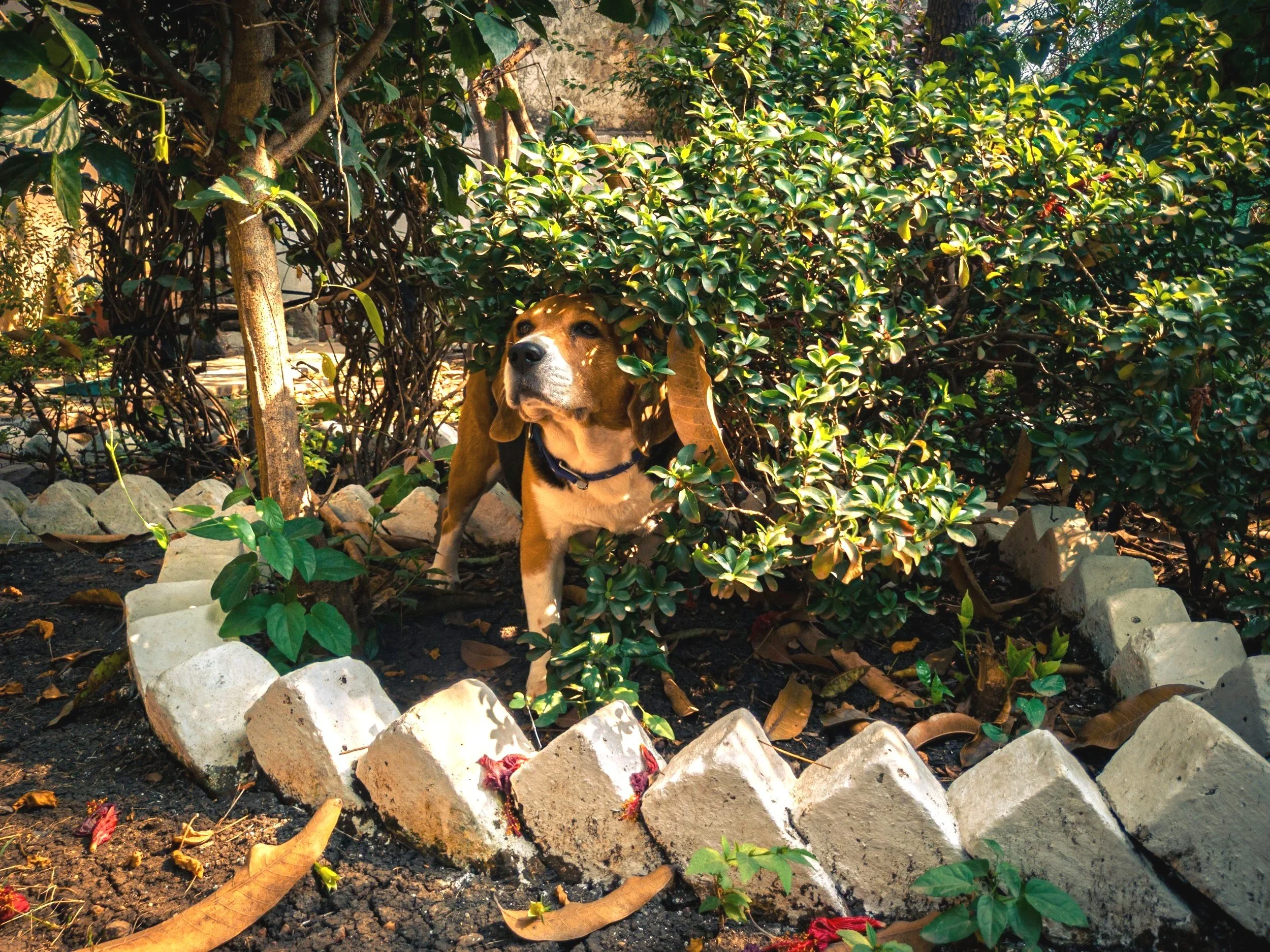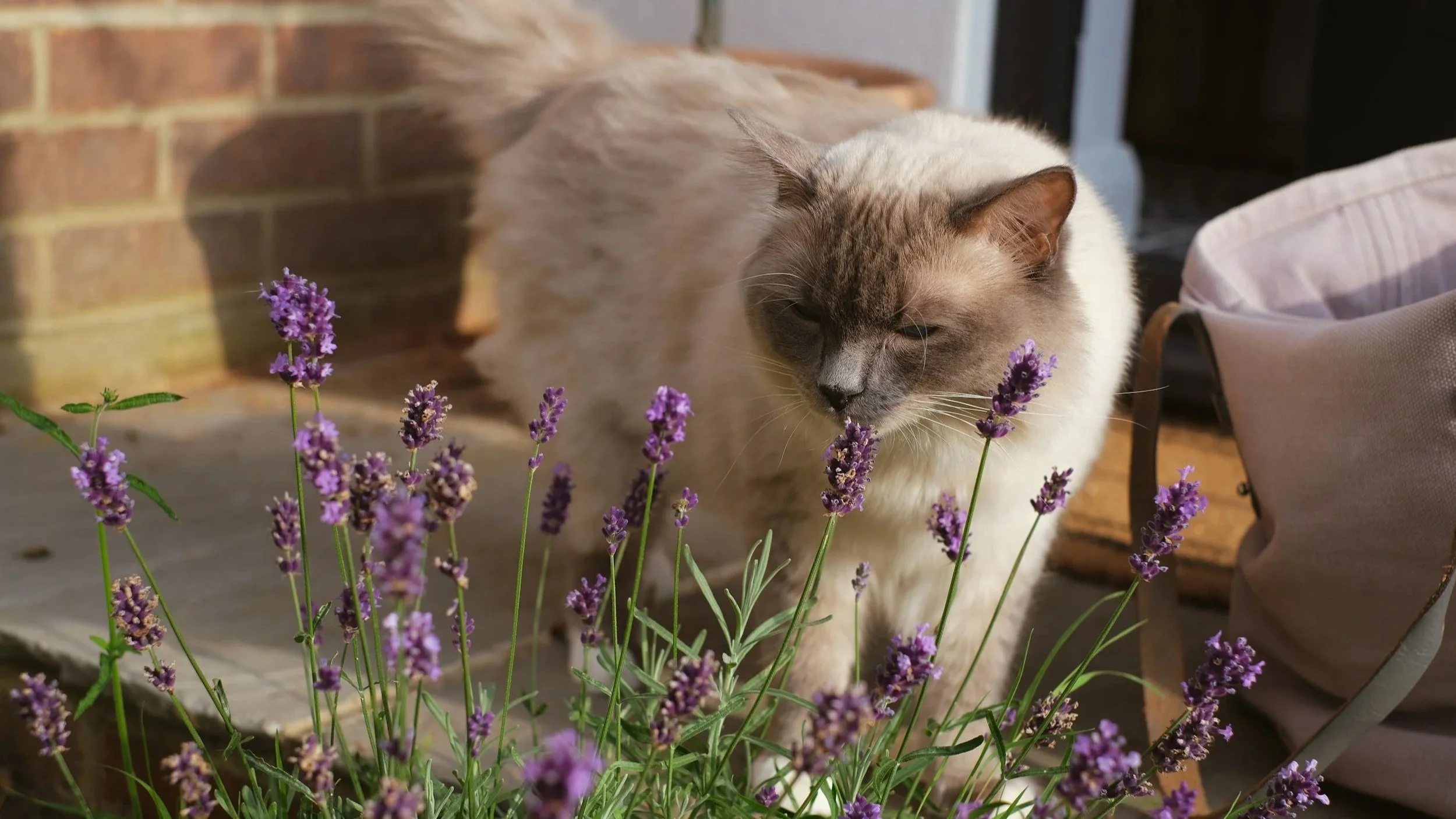Poisonous Plants for Pets: How to Keep Dogs and Cats Safe in the Garden
As gardeners and pet parents, we understand the joy of a lush, vibrant landscape that your dog can romp in and your cat can explore. But gardeners must be wary not to include poisonous plants in their landscapes that could hurt their pets. So, the key to keeping your pets safe in your garden is to know which plants pose a serious threat to your four-legged friends.
Part of pet safety in gardening is knowing the toxicity levels of plants. Some plants are extremely poisonous to pets and should be avoided, while other plants may only cause mild stomach upset.
Here is a list of the most toxic plants for pets. You should avoid planting these or keep them out of reach of your furry family members. Plus, here are some alternatives you can plant instead in your South Carolina garden.
The "Must-Avoid" Plants
When planning your garden, treat the following plants with extreme caution. In some cases, as little as a single seed or leaf can be life threatening to dogs and/or cats.
1. Sago Palm
This popular, prehistoric-looking palm is a staple in many Southern landscapes, but it is one of the most dangerous plants for pets.
Toxicity Level: Extreme
All parts are highly toxic, but the seeds (or "nuts") contain the highest concentration of the liver-damaging toxin cycasin. The seeds are often brightly colored, making them uniquely appealing to curious dogs.
Danger & Symptoms
A pet ingesting even one or two seeds of a sago palm can cause severe gastrointestinal distress (vomiting, often bloody diarrhea), lethargy, and incoordination. The plant’s toxin can cause rapid, and potentially fatal liver failure, which can present as jaundice (yellowing of the skin/eyes) and internal blood clotting disorders within 2-3 days of ingestion. The fatality rate for sago palm ingestion is around 50%, even with aggressive veterinary treatment.
Alternative Plant
Try a parlor palm as an alternative plant to a sago palm. The parlor palm still adds a tropical vibe to your home without harboring deadly toxins for your pet. Parlor palms are also great for low-light areas of your home or garden.
2. Lilies
Cat owners should beware of lilies! Exposure to true lilies (such as Easter, tiger, day, Asiatic, and stargazer lilies) is an absolute emergency.
Toxicity Level: Extreme for Cats
Everything about lilies is toxic to cats, including the leaves, the flower, the stem, the roots, the pollen, and any water that has come into contact with lilies. Cats only need to ingest a small amount, such as licking pollen off their fur after brushing past the flower, to suffer acute, irreversible kidney failure.
Danger & Symptoms
Initial signs may be subtle, such as lethargy and vomiting. However, symptoms quickly progress to increased drinking and urination followed by the cat suddenly not urinating at all as the kidneys fail.
The severity of lily toxicity for cats means there is no safe exposure. While generally only causing mild GI upset in dogs, if you have cats, there should be zero-tolerance for lilies in your home or on your property. This includes making sure that you do not have lilies as cut flowers in your home.
Alternative Plant
Orchids offer elegance and height akin to lilies, but orchids are not toxic to cats. Plus, orchids can last and last if you care for them correctly. You can contact us at Head-Lee Nursery for the best orchid tips and care routines, or you can visit us at our South Carolina garden center and we can provide you with some alternative plants that are safe for pets.
3. Azaleas and Rhododendrons
Azaleas and rhododendrons are classic Southern plants, and these flowering shrubs are known for their massive spring blooms. Unfortunately, they are not pet-friendly plants.
Toxicity Level: High
All parts of the plant (leaves, stems, pollen, roots, and nectar) are dangerous for pets because they contain neurotoxins, called grayanotoxins.
Danger & Symptoms
Grayanotoxins interfere with the function of skeletal muscles, cardiac muscles, and nerves. Even a few ingested leaves can cause pets to have severe vomiting, profuse drooling, and diarrhea. In larger doses, azalea and rhododendron poisoning can progress to include weakness, loss of coordination, and cardiac rhythm abnormalities that can lead to cardiovascular collapse.
Alternative Plant
While avoiding these plants may break a South Carolina’s gardener’s heart, there are alternatives that will still bring beauty to your garden. Camellias are classic southern plants that are evergreen and offer beautiful, large flowers that are similar in appearance to those of azaleas.
You can also plant a Crape Myrtle for showy, vibrant flowers that are safe for pets. In fact, Crape Myrtle is one of the best heat-tolerant plants for South Carolina gardens.
4. Oleander
Often planted for its evergreen qualities and drought tolerance in warm climates, oleander is found widely in hedgerows and landscaping islands. While its beautiful and colorful flowers make for a showcase in any garden, oleander should be avoided if you have pets because it is toxic to dogs and cats.
Toxicity Level: Extreme
All parts of an oleander plant are considered deadly, because they contain potent compounds called cardiac glycosides.
Danger & Symptoms
Cardiac glycosides disrupt the electrolyte balance in the heart muscle, which can lead to abnormal heart function or death. The toxins can also cause severe gastrointestinal tract irritation manifesting as vomiting, colic, and/or bloody diarrhea. Even chewing on a small piece of a dried or fresh leaf can be enough to cause serious pet poisoning or death.
Oleander is also poisonous to humans, so avoid this plant if you have kids who like to chew on things (and what little kid doesn’t like to chew on everything?).
Alternative Plant
Forsythia is an easy-to-grow flowering shrub that gives beautiful color in the early spring. It’s one of our favorite plants for South Carolina gardeners.
5. Spring-Flowering Bulbs
While spring-flowering bulbs can bring beautiful color to your garden, don’t let your pets dig up your bulbs and ingest them. This is because the highest concentration of toxins in a plant is typically in the plant’s bulb. The most toxic spring-flowering bulbs are daffodil, tulip, and hyacinth.
Toxicity Level: Moderate to High
Daffodil bulbs contain lycorine, and tulip and hyacinth bulbs contain allergenic lactones. All of the bulbs contain crystalline structures that can cause problems for pets.
Danger & Symptoms
When pets chew on (or eat) a bulb, they can experience oral and gastrointestinal irritation from the bulbs’ crystalline structures. Symptoms may include mouth pain, drooling, vomiting, and abdominal pain. Eating numerous bulbs can lead to central nervous system depression or cardiac abnormalities.
Alternative Plant
Petunias are vibrant annual flowers that provide continuous color from the spring and into the fall. We love them for their fresh look and variety of color options, and they’ll bring a spring look to your garden that won’t endanger your pets.
Tips for a Pet-Proof Landscape
Creating a safe haven for your pet doesn’t mean sacrificing your garden dreams. You can still keep your pet safe and have a beautiful landscape.
To create a pet-proof landscape, we suggest the following:
Walk through your garden and take inventory of all your plants. Then, compare your list with the ASPCA’s online database for safe plants for pets.
Secure any areas with bulbs so that your pet cannot get to them.
When in doubt, rip the plant out. If you have any doubt about a plant being safe for your pet, remove it from the root and remove any traces of the plant.
Reach out to Head-Lee Nursery for Pet-Safe Plants
Visit us at Head-Lee Nursery in Seneca, South Carolina, for guidance on pet-safe plants. You can also give us a call at 864-882-3663 or email us your questions at headleenursery@gmail.com.
We have over forty years of horticultural knowledge, and our knowledgeable and friendly staff would be happy to help you find pet-safe plants for your garden so that you and your furry family members can enjoy your South Carolina garden.


